Discover how TrainerRoad creates science-based, personalized cycling training plans that adapt to your goals, schedule, and fitness level.


Discover how TrainerRoad creates science-based, personalized cycling training plans that adapt to your goals, schedule, and fitness level.
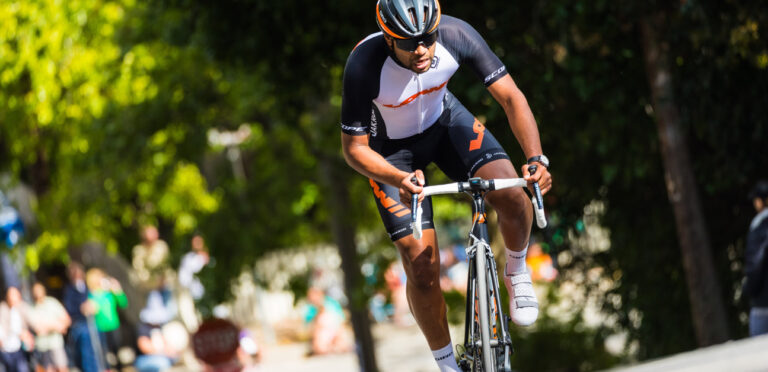
The body has three energy systems. As an endurance sport, cycling focuses on the aerobic system. But for those quick moments when peak power output is needed, it’s all about neuromuscular power zone. This article will cover how it works, how you use it, and what you can do to train it.
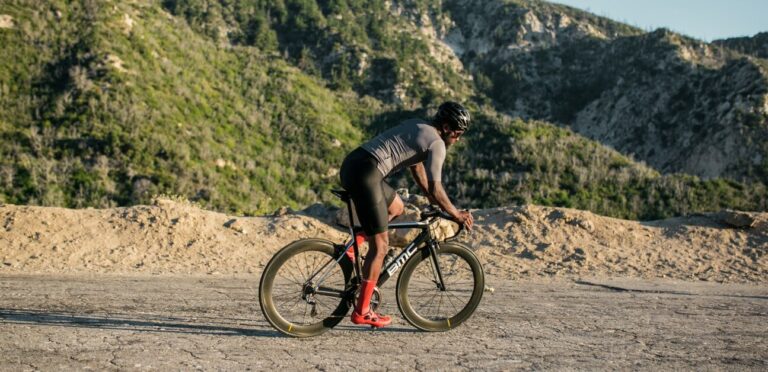
Your heart rate naturally increases during exercise to fuel your muscles with oxygen. How can you improve your capacity to uptake oxygen and get faster?
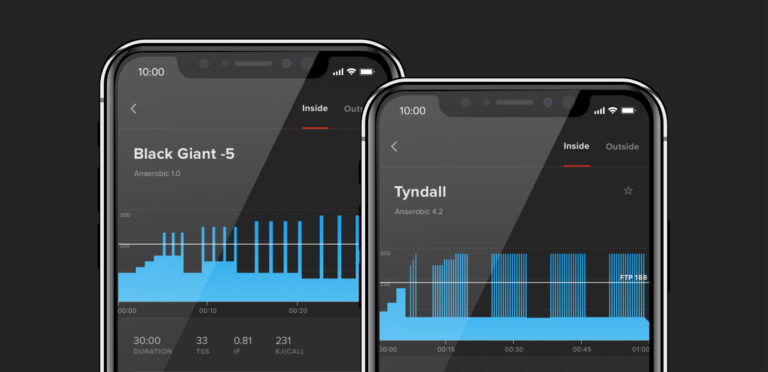
Cyclists use the anaerobic system to power over hills, close gaps in the pack, and attack off the front to win races. How can you use anaerobic intervals to become a faster rider?

The body has three primary ways of creating energy. These physiological pathways are called energy systems. This article will cover how you use the anaerobic system to put power to the pedals and how you can train it to become a faster cyclist.

Energy production and management are the core of endurance sports. Your body has three main energy systems that enable you to put power to the pedals—aerobic, anaerobic, and neuromuscular. In this introduction to the different energy systems, we’ll cover how they produce energy, how they are different, and why they are essential.
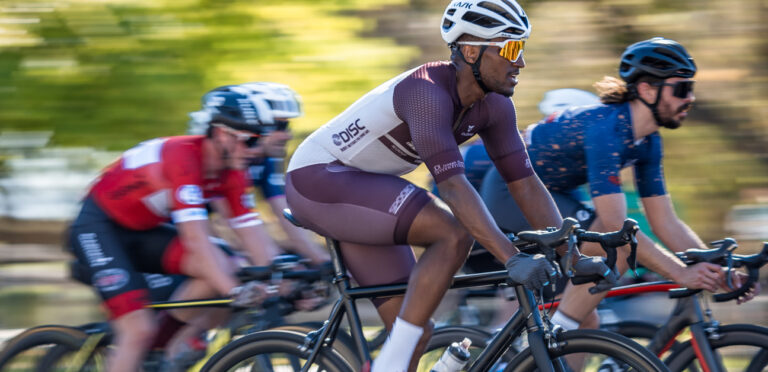
Training specificity might seem to imply that long events require long training rides, but energy systems are more important than duration or TSS.
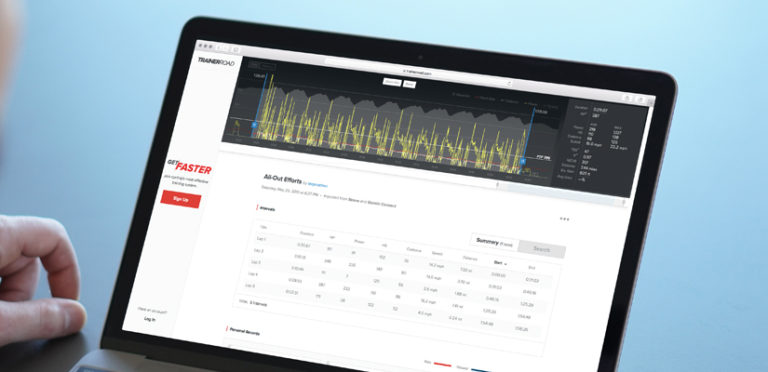
Only doing all-out efforts isn’t the key to getting faster. Athletes can get faster with a structured training plan that develops multiple energy systems and promotes long term adaptation.